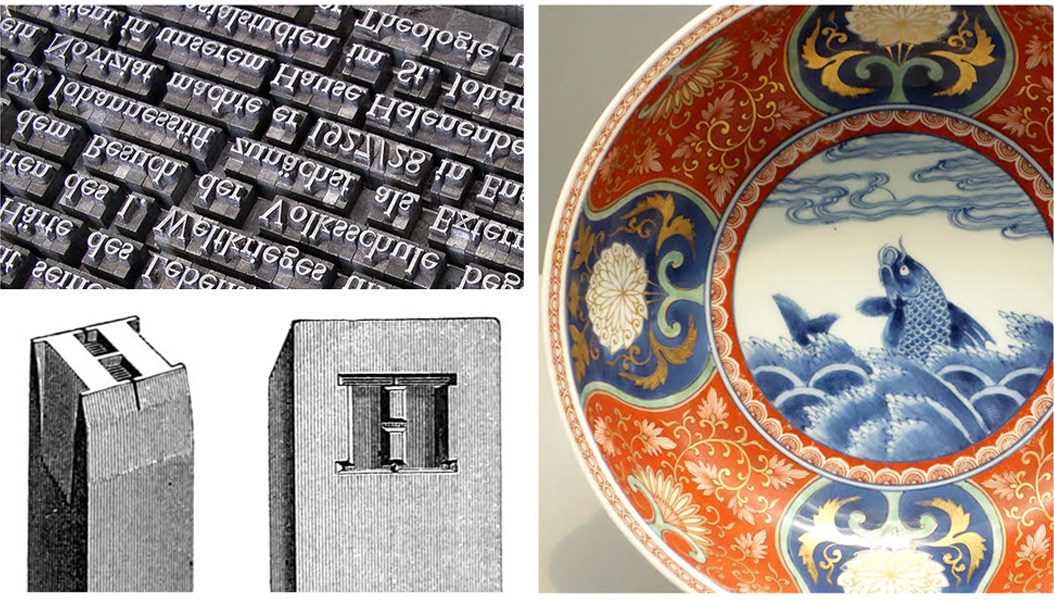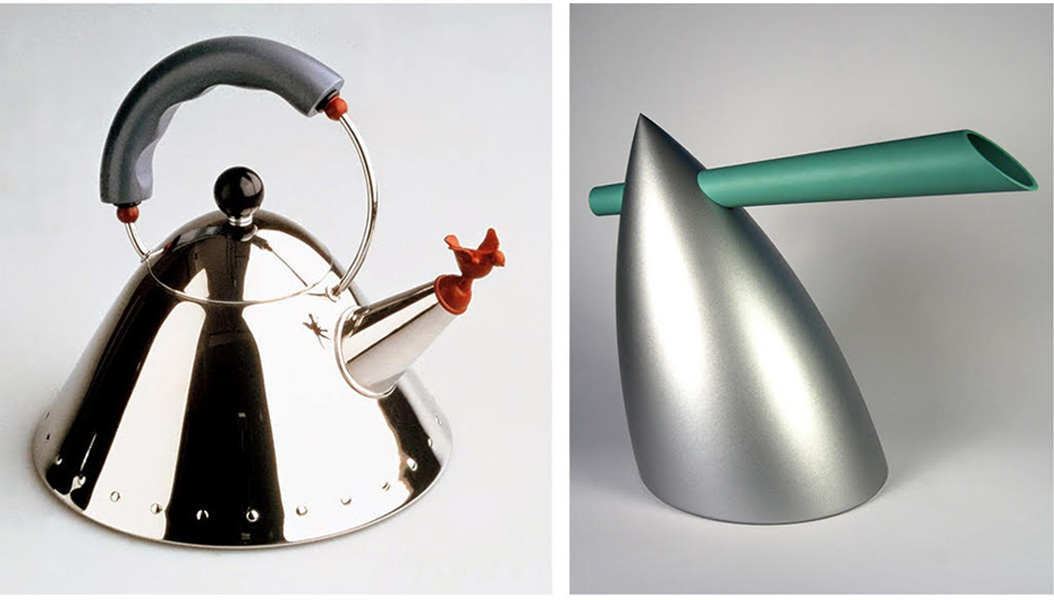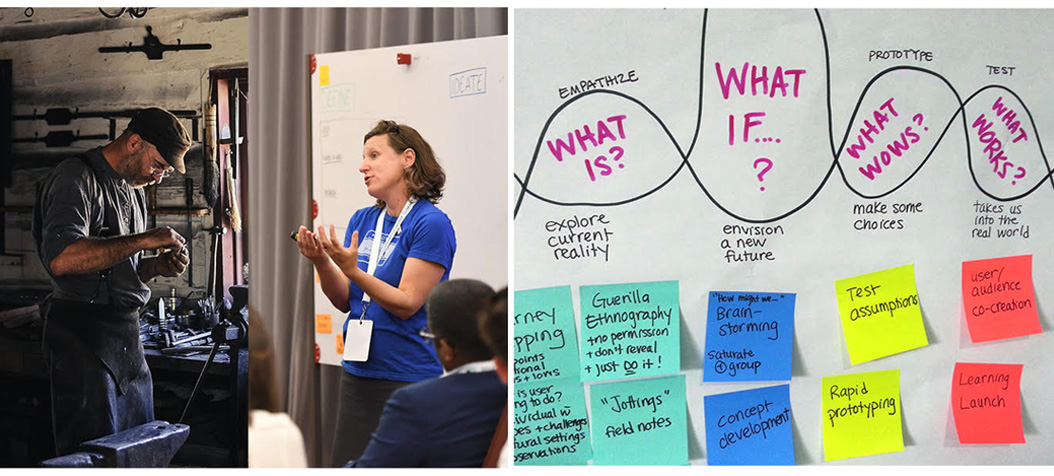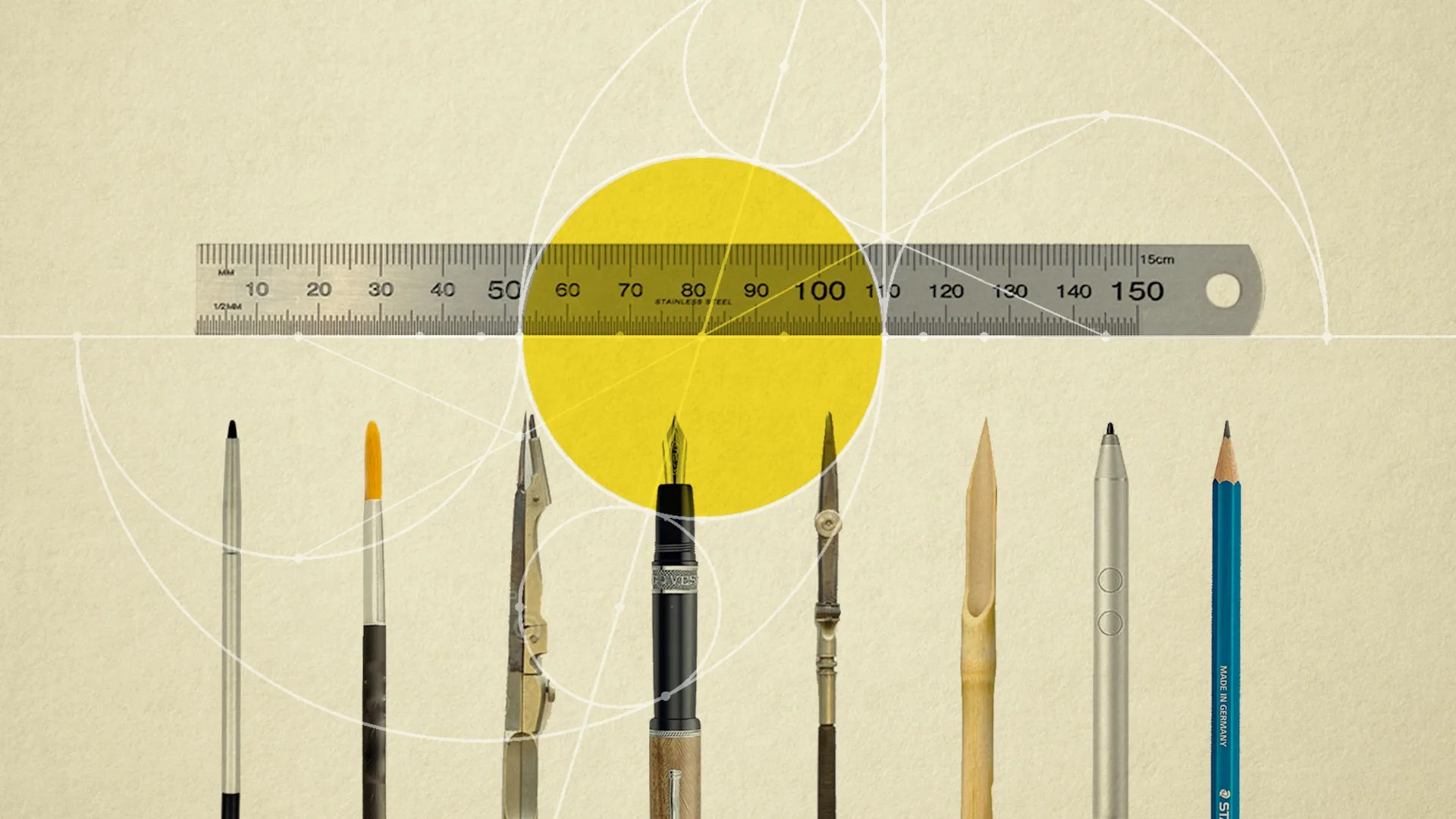Specialists vs Generalists
A human being, wrote sci-fi writer Robert Heinlein, should be able to fight, write poetry and die gallantly, among 18 more things. Specialisation, he famously said, is for insects.
This is typical of the scorn for specialisation shown humanists. They romance generalism, specialisation’s antithetical shadow, extolling its unbounded roaming, its quest for wisdom, universality, and a life better lived. Specialisation argues back, albeit a touch defensively, stressing its efficacy and focus.
Neither side is vanquished in the argument, in much of which the sides talk past each other. Further, the labels are relative, and overlap and/or interlock.
A business owner looking to create packaging for his latest product might favour a well known packaging specialist with product-specific experience. Or he may be tempted by a brilliant team known to propel brands, with relatively less packaging experience and no product-specific chops. Deep Design looks at the nature of specialisation in design, its cause, course and consequences.
Professions continuously specialise into new varieties—more kinds of potters or carpenters— based on a special circumstance or market. But new professions are also born of de-specialisation— joining up bits of other professions to address a commonality that individual trades do not. As an example, modern business education is a distinctively late-20th-century synthesis of finance, economics, sociology, psychology, law and business experience. The product, an MBA, is a broadly employable generalist, even if she specialises in Human Resources or Marketing (themselves products of synthesis). Modern specialisations are underwritten by educational institutes who label them and build cultures of knowledge around them.
Design is a specialisation, but viewing it properly requires going back a couple of centuries. In its earliest sense, it connoted a decorative pattern on a teapot, or a plaster moulding on a building. The ‘designer’, yet to be named as such, was an applied artist (in Indian universities, ‘applied art’ was the term for design). In the book making trades, the publisher, printer were one, and did the design. He was the worker, craftsman, artist, the maker.
Specialisations became necessary because of the potential of multiplicative technologies—printing and manufacture—to cut costs, create consistent, if ‘inferior’ quality, and earn great profits. Now the craftsman’s wisdom, separated from his physical skill, could be embodied in a mould, die, or matrix (typography’s equivalent of a mould) and used to multiply objects. Getting the mould, die or matrix right mattered most. Cost, efficiency, ease of manufacture and even transportation were to be weighed carefully. Profits—or losses—depended on them.
Specialisations became necessary because of the potential of multiplicative technologies
It is at this point that the designer diverges from the craftsman-artist; indeed the designer could employ one and embed his art in the mould. The designer’s specialisation is complementary to the craftsman’s. He could know less about the craft than the craftsman, and yet be in control. Another specialist, an engineer, would further undercut the craftsman, mastering process, materials and production. Working in a team, the duo would sell its products or skill to a businessman—retailer, trader or owner. Yes, the designer is unthinkable without modern capitalism.
The separation of the designer’s visual, artistic, technological ability from the physical circumstances of creation—the parting of the mind and the hand—allied to scale are essential to the design specialisation. But this same separation has the seeds of generalism in it, as we shall see.
Perhaps the freedom from labouring over manufacture gradually allowed the cleverest designer of china ware to cross over to metal products, or later, plastics, and demonstrate a feel for product quality generally, beyond the particulars of his parent craft. From there, a designer could eventually cross domains

(L-R): Type Setting(Top), The Punch is cut by an expert craftsman (Left) and struck to make the Matrix (Right). The matrix is the mould from which the type is cast; Chinaware: Glazed design painted onto the clay
Famously, Micheal Graves, an architect, created an iconic, best-selling kettle for the Italian household goods company Alessi. Graves was selected for his cultural intuition, not for his expertise in aluminium or hot water. It is common for fashion designers to direct the creation of eyewear, perfumes and advertising, because fashion houses see themselves as addressing a notion of style, not garments. The glamorous Philippe Starck is a versatile design brand by himself.

Bottom row (L-R) Alessi Kettle 9093 by architect Michael Graves (1985); Alessi Hot Bertaa Kettle by Philippe Starck (1989)
Thus the ‘star’ designer transcends her specialisation to absorb and respond to a set of related values that unite a group of products, often bound by a brand. This is a form of generalism that is beyond what the multi-disciplinary designer enjoyed when he emerged from the manufacturing or publishing trade. But it is not the last word.
‘star’ designer transcends her specialisation to absorb and respond to a set of related values that unite a group of products, often bound by a brand.
The emergence of design thinking, as a claimed thinking style, has been championed by firms such as IDEO and taught by Stanford’s d.school. Here, the separation of the designer is not just from his original craft but from the objects themselves.
Emergence of design thinking, as a claimed thinking style…here the separation of the designer is not just from his original craft but from the objects themselves.
The creative director of a fashion house governs style, via objects and experiences, and their sensory aspects, imprinting them through his special subjectivity. In contrast, this new type of designer is an objective type, for whom such intangibles are secondary. She studies, and ‘intervenes’ in, systems, or the web of interactions between people, products and services. She dreams up or accelerates an Uber or an Amazon, companies which typify this role for design. These are an entirely new kind of business financed by an entirely new kind of capital that trades risk for equity. Again, capitalism fashions a new design.
So complete is the separation of mind, from the senses and the hand that its practitioners would have been unrecognisable as designers in the 20th century. They are not necessarily trained at design schools and may have no feel for a craft. In theory they can tackle anything—dental hygiene or mid-city parking are all systemic problems. These ultra-specialised designers are also, then, the ultimate generalists.

Craftsman (L) vs Designer (R)
Good teams will seek generalists for their versatility and broad ability to abstract problems from the tangled mess of real world. They will need to team them with the specialist craftsmen, those narrow, often anonymous magicians who actually deliver the concrete objects of delight to you.
____________________
First published in a slightly modified form ‘Generalists versus Specialists’ in Business Standard, 15 September, in Deep Design, a fortnightly column by Itu Chaudhuri.

